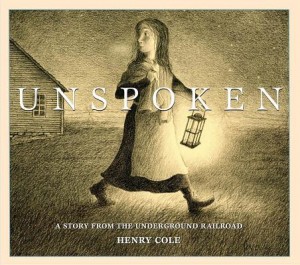This book is not about war but about hope.
May there be peace on earth. May we begin to believe in the possibility of peace.
My gift to you this December is sharing this child’s song that peace will come to her home in Afghanistan.
THE SKY OF AFGHANISTAN is a lyrical flow of a child’s plea to have a home, friends, family, and childhood in a homeland that has been devastated repeatedly through many generations of childhoods. This gentle hopeful book by Ana A. de Eulate and Sonja Wimmer encourages the reader to stop and remember that some children have lost everything. But these children sail kites of hope. These children sing with courage, let there be peace. May we have our homeland again.
Sharing this book is an opportunity for parents and children to share conversations about peace, conflict and cross-cultural respect.
May the children in Afghanistan be free to live, learn, and play without fear.
Kirkus Reviews: “Speaking idealistically in the present tense, the little girl’s voice rings with compelling optimism, and her verbal images of the sky, kites, soaring and flying are visually reinforced in elegant, wistful illustrations.”











